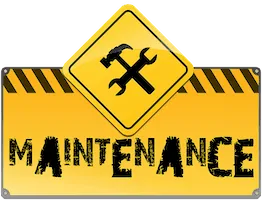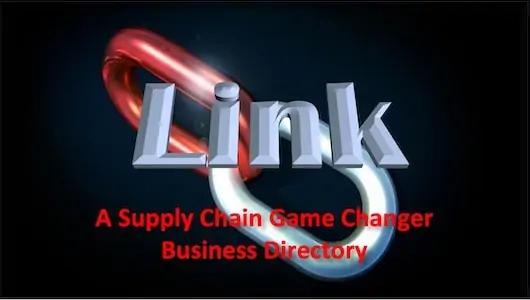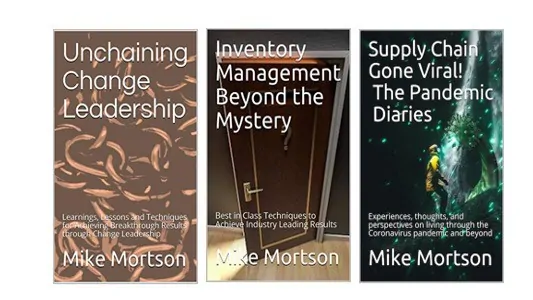In the world of Procurement and Operations one of the phrases that you will frequently come across is “MRO”.
But many people throw around the term without truly understanding what it means, and how important it truly is for the ongoing, and successful, operation of any company. Maintenance, repair, and operation is the process of MRO. From Content Rally, you will see how the industry is depending on this process.
If your production line stops dead because you are out of stock of an MRO item you will immediately develop an understanding and appreciation for this area.
So let’s try and provide some clarification.
What is MRO? And why is it important?
What is MRO?
In my experience people have always used the term MRO as a catch-all to cover all miscellaneous, and extraneous, expenditures related to running an operation.
It is such a catch-all that if you ask anyone what MRO stands for you will often get puzzled looks and inaccurate guesses.
High spending and highly visible Procurement categories like raw materials, I/T, capital equipment, travel, facilities, large services contracts and more often merit dedicated Commodity Management resource.

But MRO is often an afterthought and given no or limited support. In fact it is often such a forgotten category that operations personnel are often left to fend for themselves in buying and securing supply. As such it can, out of necessity, become a source of rogue buying behaviour and risky purchases.
According to businessdictionary.com MRO is Maintenance, Repair and Operations items, which is further defined as:
“Supplies consumed in the production process but which do not either become part of the end product or are not central to the firm’s output. MRO items include consumables (such as cleaning, laboratory, or office supplies), industrial equipment (such as compressors, pumps, valves) and plant upkeep supplies (such as gaskets, lubricants, repair tools), and computers, fixtures, furniture, etc.”
Examples of items included in MRO are:
- Chemicals, lubricants, gaskets, cleaners
- Office supplies
- Repair tools, hand tools
- Safety equipment
- Gloves, cloaks and workwear
- Screws, nut, bolts, bearings, set screw pillow blocks, …
- Batteries
- Furniture, fixtures
- Compressors, valves, pumps, belts, motors
- Computer equipment, computerized tools
- Etc.
Why is MRO Management Important?
MRO expenditures can typically come in the range of 5-10% of cost of goods sold (COGS). This may not seem like a lot, which is often the reason why it doesn’t get a lot of attention, but what happens when MRO is not managed?
If you run out of a vital chemical, tool, or element used in the equipment that is a part of the production process you can stop your production line immediately.
If you stop your production line and you can’t get it back up and running because of the lack of a repair item you can have hundreds of employees standing around twiddling their thumbs, you will miss customer deliveries, you will lose revenue and incur lack of performance penalties, and you will lose money and bleed cash.
If you run out of a safety item or piece of safety equipment you can immediately endanger peoples’ lives.
Need I say more?
MRO is critically important!
For the sake of having a proper MRO Procurement, Inventory Management, and Supplier Management organization and business process in place you can avoid phenomenal risks to the survival of your business.
How Should MRO be Managed?
I have worked in a several companies that used various techniques for MRO management.
First and foremost you need to have a dedicated, experienced Procurement person, or people, in charge of MRO. This Commodity Manager will need to become versed in a wide variety of products. But this is excellent experience and a great development platform.
Next it is important to deploy a proper Supplier Relationship Management program, much as you would for any other spend category. Given that there can be hundreds and thousands of suppliers of MRO items it is most practical to identify the mission-critical, highest risk MRO items and suppliers and ensure that this smaller number of suppliers receives direct attention.
Having a proper metric set and performance tracking process will be essential. Downtime costs, inventory levels, delivery and replenishment lead times, supplier performance, and spend levels are a few of the critical metrics that you need. The metrics and performance to targets will inform actions with respect to sourcing and stocking.
Proactive inventory management is essential. For some MRO items I have seen companies use vending machines for many items. The supplier stocks the machines, employees take items as needed, and the supplier regularly restocks based on electronic signals from the vending machines.
Most significantly the most business critical MRO items need to be managed analytically according to demand patterns, lack of supply impacts, time to restock, and more. Stocking these mission critical items intelligently will mitigate downtime events, lower costs, protect customer deliveries, and save management time.
Finally it is important to ensure spend control compliance. The potential for non-experts to buy defective MRO items from illegitimate sources in an illegal way is high. Out of necessity people can go beyond their direct area of responsibility and buy MRO items so as to keep production lines running. But this rogue buying is just a sign that there are insufficient resources and controls assigned to proper management.
Conclusion
MRO is an essential, and unavoidable, aspect of every Operation and Procurement organization.
Take the time to create the appropriate business processes, infrastructure and strategy to support MRO. Even if you have a small organization you need to invest in this area.
Otherwise you will find you are spending a lot more time dealing with the fires and disasters that come from inadequate management than you would from proactive management.



 EBOOKS HERE
EBOOKS HERE
Thanks for sharing this blog. In order to have a successful MRO approach, not only parts are needed, but the company must also seek ways to optimize its maintenance, repair and operation processes.